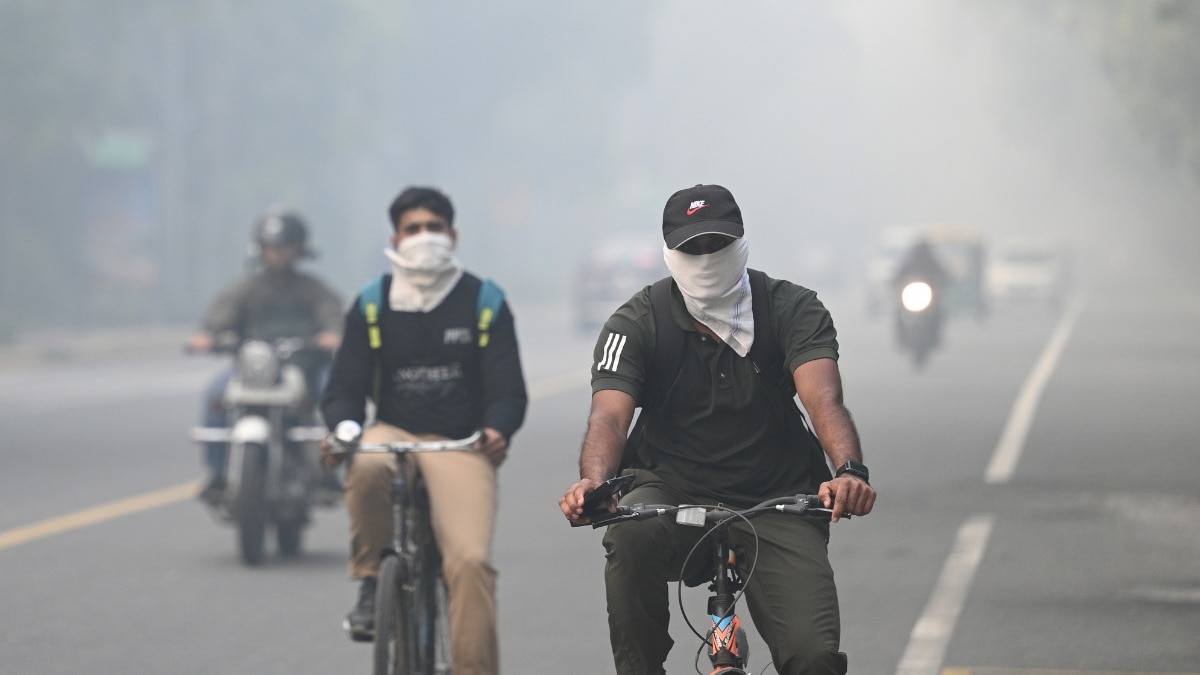‘Green cracker’-bursting Delhi choked on Diwali—again. By midnight, the average reading on the Air Quality Index (AQI) had touched 345, plunging to the late-350s the following morning. By daybreak, a rancid haze had engulfed the national capital, heavy with sulphur dioxide and other deadly pollutants.
The Central Pollution Control Board (CPCB) found particulate matter (PM) levels as high as 1,800 micrograms per cubic metre at some monitoring stations—18 times the safe limit. It was, by numbers, the worst post-Diwali air Delhi breathed in the past five years.
advertisement
That staggering decline in air quality is not a blip. There’s an unyielding pattern to data from the previous four Diwalis. In 2022, AQI levels rose from 312 on Diwali night to 320 the following day. In 2023, the year Delhi had celebrated a ‘cleaner’ Diwali, pollution levels remained contained in the 200s, thanks to high win
Continue Reading on India Today
This preview shows approximately 15% of the article. Read the full story on the publisher's website to support quality journalism.
